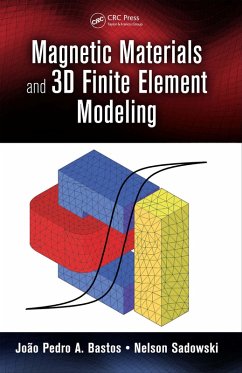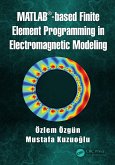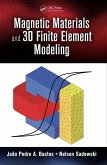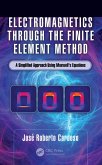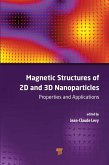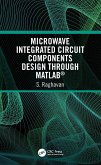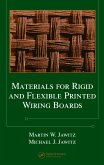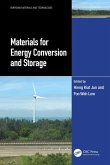The authors present current concepts on ferromagnetic material characterizations and losses. They provide introductory material; highlight basic electromagnetics, present experimental and numerical modeling related to losses and focus on FEM applied to 3D applications. They also explain various formulations, and discuss numerical codes.
. Furnishes algorithms in computational language
. Summarizes concepts related to the FE method
. Uses classical algebra to present the method, making it easily accessible to engineers
Written in an easy-to-understand tutorial format, the text begins with a short presentation of Maxwell's equations, discusses the generation mechanism of iron losses, and introduces their static and dynamic components. It then demonstrates simplified models for the hysteresis phenomena under alternating magnetic fields. The book also focuses on the Preisach and Jiles-Atherton models, discusses vector hysterisis modeling, introduces the FE technique, and presents nodal and edge elements applied to 3D FE formulation connected to the hysteretic phenomena.
The book discusses the concept of source-field for magnetostatic cases, magnetodynamic fields, eddy currents, and anisotropy. It also explores the need for more sophisticated coding, and presents techniques for solving linear systems generated by the FE cases while considering advantages and drawbacks.
Dieser Download kann aus rechtlichen Gründen nur mit Rechnungsadresse in A, B, BG, CY, CZ, D, DK, EW, E, FIN, F, GR, HR, H, IRL, I, LT, L, LR, M, NL, PL, P, R, S, SLO, SK ausgeliefert werden.

